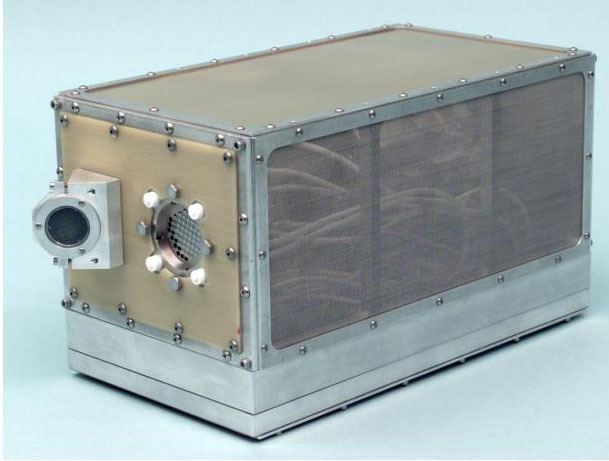 | ||
A colloid thruster (or "electrospray thruster") is a type of low thrust electric propulsion rocket engine that uses electrostatic acceleration of charged liquid droplets for propulsion. In a colloid thruster, charged liquid droplets are produced by an electrospray process and then accelerated by a static electric field. The liquid used for this application tends to be a low-volatility ionic liquid.
Contents
Like other ion thrusters, its benefits include high efficiency, thrust density, and specific impulse; however it has very low total thrust, on the order of micronewtons. It provides very fine attitude control or efficient acceleration of small spacecraft over long periods of time.
Flight use
Eight electrospray thrusters were first used in space on the NASA ST-7 ESA LISA Pathfinder mission, to demonstrate disturbance reduction. Having logged roughly 1,400 hours on-orbit, the Busek built thrusters system met 100% of their mission goals for the LISA Pathfinder mission.
By the end of April 2015, Busek had developed a smaller electrospray colloid thruster capable of generating 20 mN in a 17.8 x 17.8 x 4.3 cm (7"×7"×1.7") package.
Experiments
In July 2013, scientists from Michigan Technological University and the University of Maryland led by Kurt Terhune demonstrated an electrospray system within a transmission electron microscope (TEM). This led to the discovery that the TEM environment formed needle-like structures on the thruster disrupting the way the electrospray system works.
